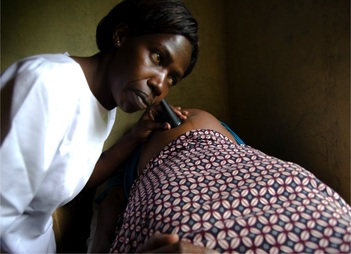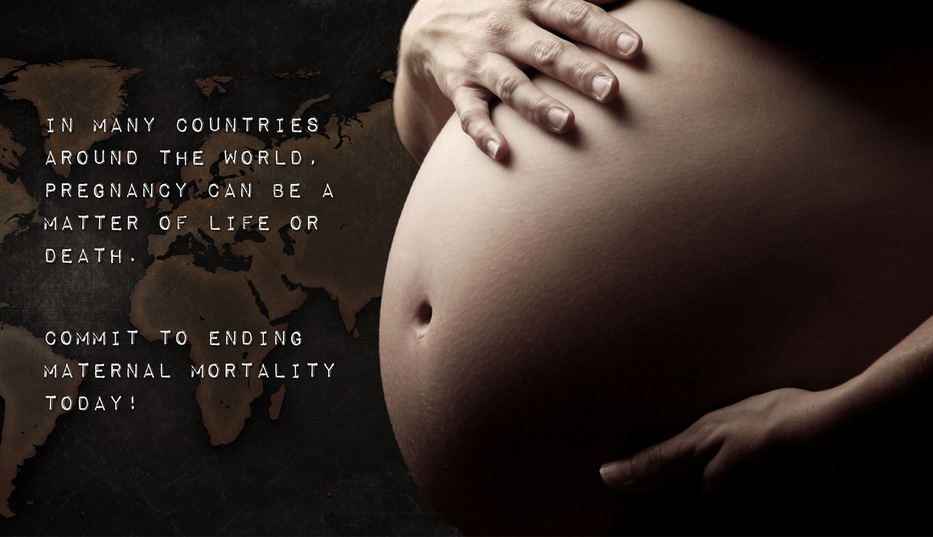
The Need for Quality Healthcare in Kenya
A disproportionate population of our global community faces critical despair. Kenya is among that despair. Researchers and those who study global affairs are all too familiar with the statistics, and as overwhelming as they are, the numbers give us the undeniable, hard facts. The fact is, the HIV/AIDS pandemic in Kenya is a national emergency. In Kenya, an estimated 1.5 million people have died from AIDS since 1984. The reality is more than 1.6 million Kenyan children are AIDS orphans and, as of 2007, about 1.3 million people are infected with HIV/AIDS in Kenya, or approximately 5% of the population.
In our multi-tasked, hyper-active lives, those numbers hidden in health journals and publications don't get much attention. Still in the 21st century, innovation and technology grant us all virtual passports for a worldview. News images and headlines move us beyond tourists' retreats and connect us to the inhumane circumstances many Kenyans are forced to live in. We see the defeated pain in the eyes of a woman, victimized by gender violence and rape, so prevalent in that country. Children staring into our cameras who live in squalor and debris, with no clean drinking water confirm the child mortality rate. Image after image and stories documented prove how preventable, infectious disease cripples the lives of the most vulnerable in a land whose beauty is contradictory.
Today, there is no hiding from reality. Now, more than ever, we know it is time to extend our hearts and hands to the people of Kenya. We heed the call to help heal. We acknowledge our duty to share resources. We understand the financial investment it takes to empower a strong people with sustainable infrastructure. We are committed to our responsibility for the global community.
A disproportionate population of our global community faces critical despair. Kenya is among that despair. Researchers and those who study global affairs are all too familiar with the statistics, and as overwhelming as they are, the numbers give us the undeniable, hard facts. The fact is, the HIV/AIDS pandemic in Kenya is a national emergency. In Kenya, an estimated 1.5 million people have died from AIDS since 1984. The reality is more than 1.6 million Kenyan children are AIDS orphans and, as of 2007, about 1.3 million people are infected with HIV/AIDS in Kenya, or approximately 5% of the population.
In our multi-tasked, hyper-active lives, those numbers hidden in health journals and publications don't get much attention. Still in the 21st century, innovation and technology grant us all virtual passports for a worldview. News images and headlines move us beyond tourists' retreats and connect us to the inhumane circumstances many Kenyans are forced to live in. We see the defeated pain in the eyes of a woman, victimized by gender violence and rape, so prevalent in that country. Children staring into our cameras who live in squalor and debris, with no clean drinking water confirm the child mortality rate. Image after image and stories documented prove how preventable, infectious disease cripples the lives of the most vulnerable in a land whose beauty is contradictory.
Today, there is no hiding from reality. Now, more than ever, we know it is time to extend our hearts and hands to the people of Kenya. We heed the call to help heal. We acknowledge our duty to share resources. We understand the financial investment it takes to empower a strong people with sustainable infrastructure. We are committed to our responsibility for the global community.
- An estimated 14,700 women die annually due to pregnancy and its related complications, particularly in adolescents. Other complications related to birth are obstetric fistulas, due to prolonged labor, which cause incontinence and subsequently rejection by society.
- 99% of maternal deaths still occur in the developing world. More than 100,000 women die annually from pregnancy - or childbirth-related complications, and more than 200 million women who say they want access to contraception can't get it.
- HIV/AIDS affects women and men differently due to their biological, socio-cultural and economic circumstances. Women in Kenya are twice as likely as men to contract HIV/AIDS.
- Each year, 200,000 people in Kenya are diagnosed with HIV/AIDS. 760,000 Kenyan women are living with HIV/AIDs and 180,000 Kenyan children are infected by HIV/AIDS. This disease takes the lives of 500 Kenyans every day and orphans 1.2 million children.
That is why James R. Jordan Foundation International is proud to chart the course and sponsor the Kenya Women and Children's Wellness Centre. The KWCWC is a global solution to healthcare for the women and children of Kenya and East Africa.
How You Can Help
While JRJFI aims to eradicate gender violence and health disparities in developing countries, we know investing in the research, training and outreach necessary for prevention is imperative for the sustainable spirit of a global community. Donating to JRJFI is an investment in our mission and makes a difference in our capacity to do the work. Please visit our Donation page to learn more.
How You Can Help
While JRJFI aims to eradicate gender violence and health disparities in developing countries, we know investing in the research, training and outreach necessary for prevention is imperative for the sustainable spirit of a global community. Donating to JRJFI is an investment in our mission and makes a difference in our capacity to do the work. Please visit our Donation page to learn more.
